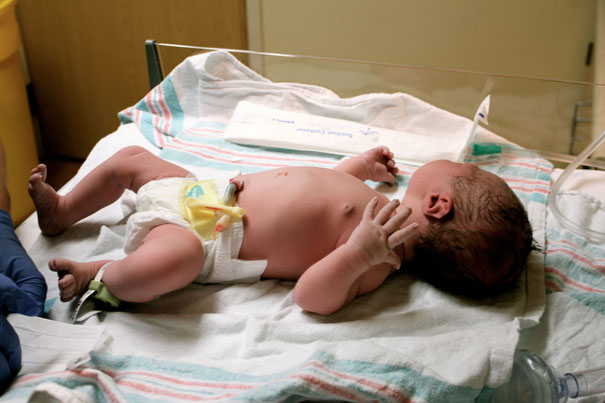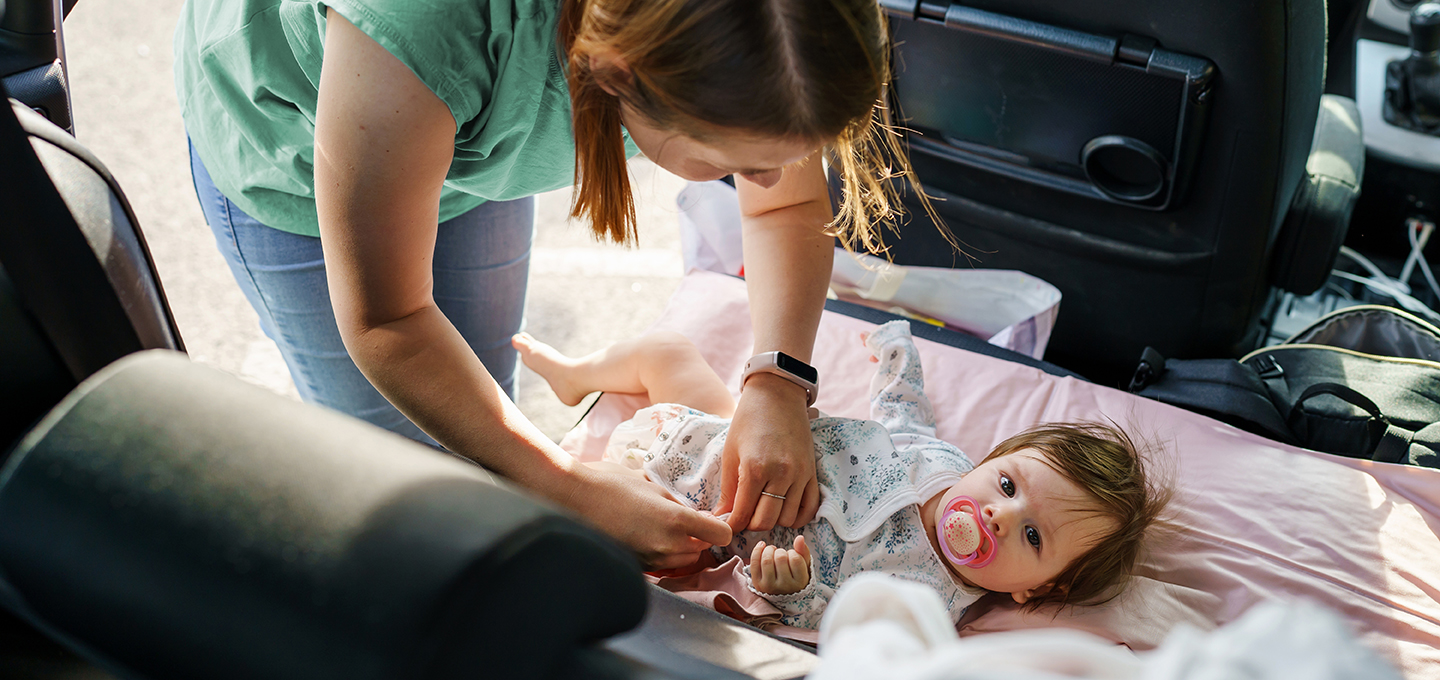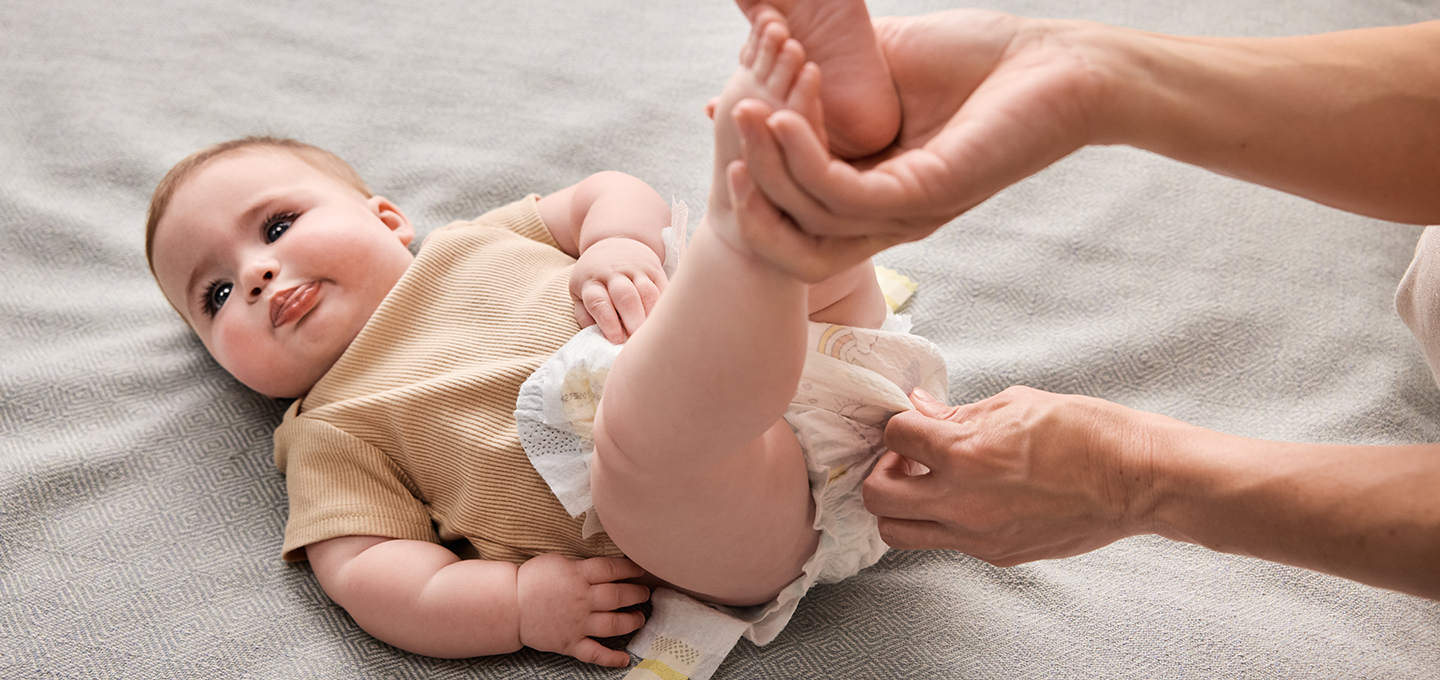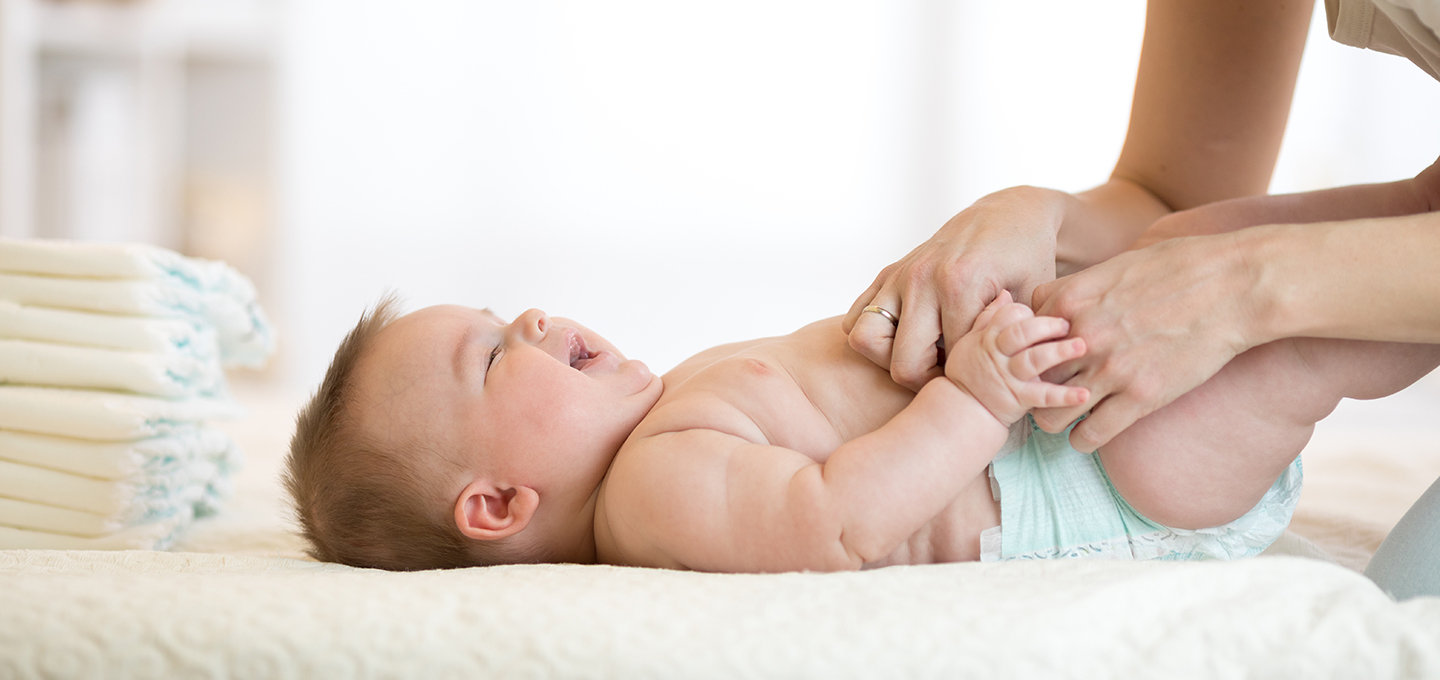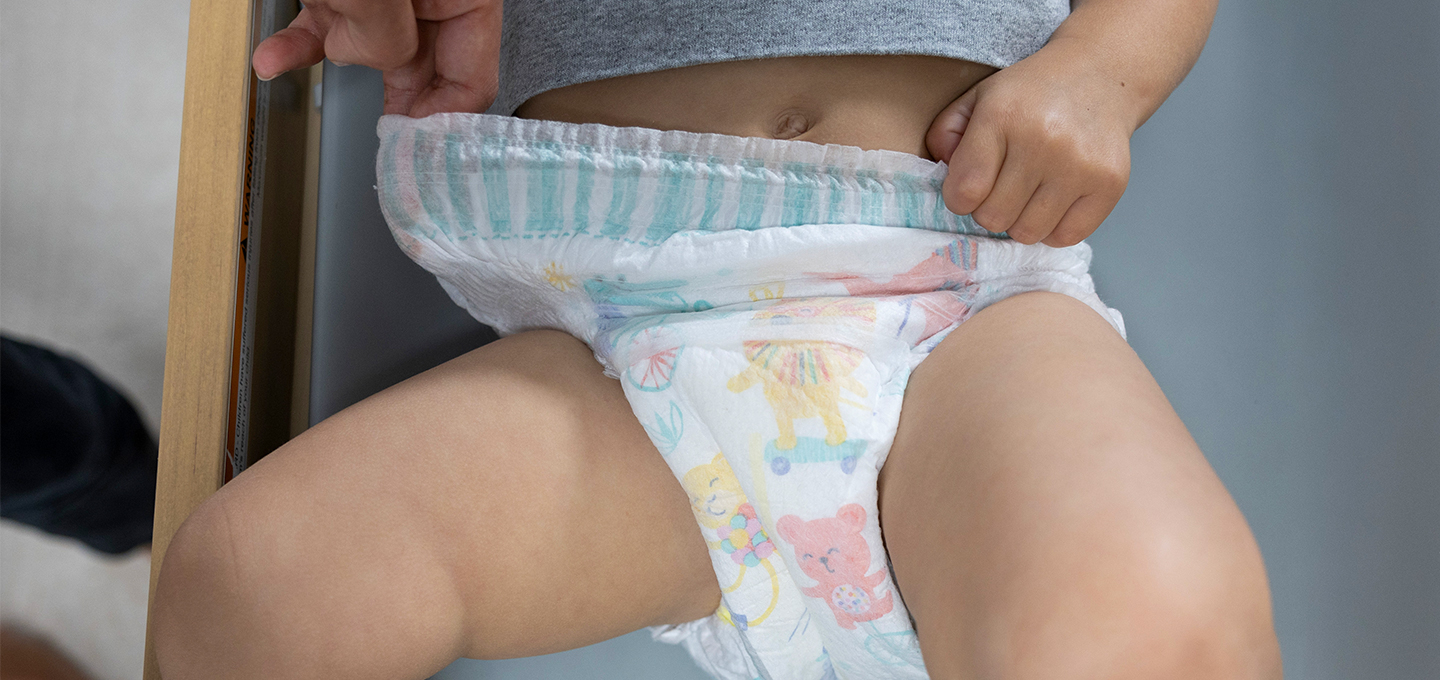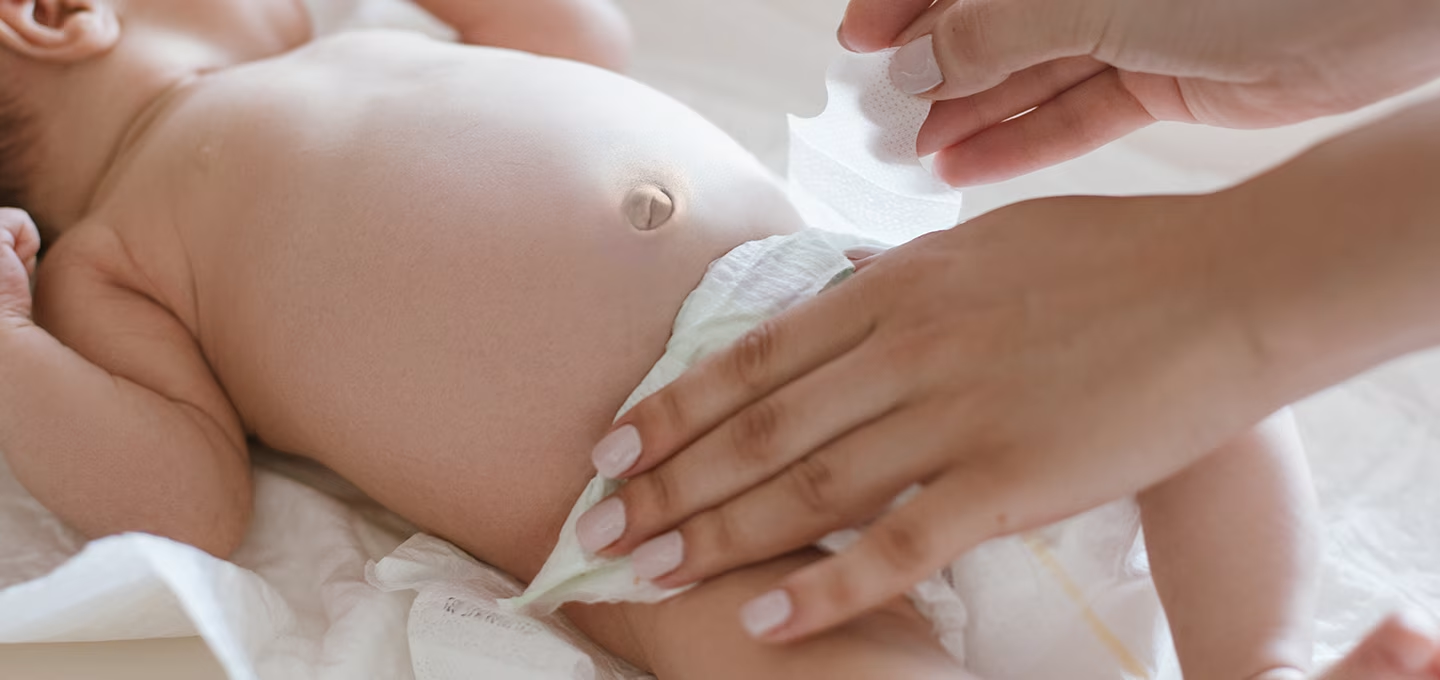
How Often to Change a Newborn's Diaper: What to Know


Quick Answers: Diaper Changing Frequency & Tips
• How often should you change a newborn's diaper? Newborns typically need their diaper changed frequently, often every 1-3 hours for wetness and 2-5 times a day for bowel movements in the early weeks. Frequency decreases slightly as they get older.
• Why is frequent diaper changing important? Regular changes help prevent diaper rash and bladder infections, and avoid leaks and messes, especially as soiled diapers contain bacteria.
• Should you change a diaper before or after feeding? It often depends on your baby's routine. For breastfeeding, check when switching sides. For bottle-feeding, check before and potentially after if the baby is still awake. If asleep and not heavily soiled, it's often okay to let them rest.
• How often to change a newborn's diaper at night? It's generally okay to let a sleeping baby rest if their diaper isn't overly wet or soiled. However, a poopy diaper should still be changed at night to prevent irritation. Overnight diapers can help reduce the need for nighttime changes for older babies.
•What are typical wet and soiled diaper patterns? In the first 48 hours, 1-2 wet diapers per day are normal. By 3-6 weeks, expect 6-8 wet and 3-5 soiled diapers. After 5 weeks, typically 5-6 wet and 1-2 soiled, though breastfed babies can poop less often after 2-3 months.
Not sure how often to change your baby’s diaper or whether it’s better to change the diaper before or after feeding, especially at night? You’re not alone. In the early days, diapering may feel like a full-time job, and understanding what to expect can help you feel more prepared.
In this guide, we’ll cover:
Let’s start with a quick look at what diaper changes might look like in the early weeks.
How Many Diaper Changes Does Your Newborn Need Per Day?
Understanding what’s normal for your newborn’s diaper habits can help make those late-night changes a little less uncertain. Here's a quick overview of what to expect in the first few weeks:
What’s Normal in the First 48 Hours
In the first two days after birth, most babies will only have one to two wet diapers a day. This is entirely normal as their fluid intake is just beginning, and your milk supply may still be transitioning. Stools can vary at this stage—some babies poop within hours, while others take a bit longer.
When they do go, you’ll likely see meconium, a thick, black, tar-like substance that’s been stored in your little one’s intestines during pregnancy. It may look alarming, but it’s normal. As your baby starts feeding, especially on breast milk, this early milk acts like a laxative and helps clear the meconium. Within a few days, poop softens and changes color—often becoming yellow, yellow-green, or tan.
It’s worth noting that some newborn’s poop may be delayed 24 hours or more.
Orange or red stains in the diaper during the first few days may be brick-dust urine (urate crystals). It’s usually normal and fades by day five. If it persists or your little one has fewer than three poops a day, consult your baby’s healthcare provider and a lactation consultant.
What to Expect in the First Week
By the end of your litte one’s first week, you’ll typically see at least one poop per day. If your baby hasn’t pooped by this point, it’s best to reach out to your baby’s healthcare provider to rule out any feeding or digestive issues.
Keep an eye on poop color too. After the first one or two meconium diapers, stool should no longer be black or red, these poop colors could signal bleeding in the stomach or intestines and deserve a call to your provider. Similarly, if you notice white or pale gray stool, contact your provider, as this could be a sign of a liver or gallbladder issue.
Diapering Through Weeks Three to Six
As your baby grows and feeds more efficiently, you’ll probably notice six to eight heavy, wet diapers per day and three to five bowel movements. However, there’s a wide range of normal when it comes to pooping.
Some healthy babies may go a few days without a bowel movement, and that’s generally not a concern if:
What to Expect at Five Weeks and Beyond
Around five to six weeks, many babies settle into a routine of around five to six wet diapers per day and one or two bowel movements. But again, there’s flexibility here.
Between two and three months, it’s completely normal for breastfed babies to poop much less frequently. Some go three to four days, and a few might even go up to a week between poops, especially if they’re feeding well, gaining weight, and seem comfortable. As long as their stool isn’t dry, hard, or painful to pass, this can be a normal variation.
How Often to Change a Newborn’s Diaper
So, how often should you change a newborn’s diaper? Experts recommend changing your newborn’s diaper as often as needed. Why? Your little one may urinate as frequently as every one to three hours, and have between two and five poops (bowel movements) a day. And there are a few health reasons to consider as well:
Plus, a soiled diaper can cause leaks, and the mess can spread to your little one’s clothes, crib, car seat—you name it! The simplest way to avoid the mess is with frequent diaper changes.
Still, changing diapers around the clock may leave you feeling as though that’s all you’re doing. Try not to let diaper changes consume your daily routine; simply be mindful of when your baby's diaper may need changing.
Diaper Change: Before or After Feeding?
You may be wondering whether it’s best to do a diaper change before or after feeding. The answer often depends on your little one’s routine and your own.
If you're breastfeeding, a good moment to check the diaper is when switching from one breast to the other. That way, your baby stays comfortable during the rest of the feed, and you won’t have to wake them up if they fall asleep after. For bottle-feeding, check the diaper just before starting and again after the feed, if your little one is still awake. If they’ve drifted off and the diaper isn’t heavily soiled, it’s usually fine to let them rest.
As your little one grows and their feeding schedule changes, especially when you begin introducing solids, you may notice fewer wet diapers throughout the day. That’s normal. Still, continue checking every few hours and constantly change them after a poop to help prevent irritation.
For more information on feeding transitions, refer to this helpful article on baby feeding schedules. For milestones like crawling, explore further details on baby development.
How Often “Should” You Change a Newborn’s Diaper at Night
At night, diaper changes can feel a bit more uncertain, especially if your baby is finally asleep and you're wondering, “Should I change the diaper before or after feeding at night?” The good news is: it’s okay not to change your baby every time they stir. If they aren’t overly wet and their diaper isn’t soiled, you can likely let them sleep.
That said, it’s still a good idea to change a poopy diaper, even at night, to help prevent irritation or diaper rash.
You might be asking, “Are overnight diapers worth it?” If your baby often wakes up damp or leaks through their diaper, yes—they can make a noticeable difference. Pampers Zzz are designed with extra absorbency, helping keep your little one dry and comfortable through longer stretches of sleep. They can also reduce the need for middle-of-the-night changes, especially in babies who are past the newborn stage.
For peace of mind at night, pairing a reliable overnight diaper with regular daytime changes can help keep your baby dry, rested, and rash-free.
If you’re dealing with leaks or blowouts, make sure the diaper fits well around the legs and waist. For more guidance, you can read this helpful article on how to prevent leaks and blowouts.
Diaper Changing Tips
New to diapering? Don’t worry—every parent starts somewhere. With a little practice and a few helpful tips, you’ll be confidently changing diapers before you know it.
Before you begin, gather everything you’ll need so it’s all within easy reach:
It’s helpful to keep your diapering essentials organized and in one spot, whether you’re at home or on the go. You’ll be changing diapers quite a bit, so having a well-stocked station can make things a lot easier. Need inspiration? Take a look at our diapering station image below for setup ideas.
How to Change a Diaper
Here are some quick steps on how to change a baby’s diaper. For more guidance, explore our full article on how to change a baby’s diaper.
FAQS AT A GLANCE
If you're breastfeeding, check when switching to the other side. For bottle-feeding, check before and after feeding—unless your baby falls asleep and isn’t too wet or soiled, you likely don’t need to wake them.
The Bottom Line
Diapering your newborn might feel a bit overwhelming at first, but with time, it becomes second nature. From understanding how often to change your baby to knowing what’s normal in those first few weeks, every diaper change is a small step in learning your baby’s needs and rhythms.
And while you’re going through all those changes—literally—you can earn rewards along the way. Download the Pampers Rewards App to collect Pampers Cash for every Pampers diaper purchase and redeem them for helpful discounts and digital offers.
- American Academy of Pediatrics. Caring for Your Baby and Young Child: Birth to Age 5, 7th ed. (New York: Bantam Books, 2019). Pgs. 90, 117, 139
- CDC. "Diapering and Healthy Habits at Home."
- HealthyChildren.org. "Baby’s First Days: Bowel Movements and Urination."
- HealthyChildren.org. "Changing Diapers."
- KidsHealth. "Circumcision."
- KidsHealth. "Diapering."
- La Leche League International. "Baby’s Poop."
- La Leche League International. "Poop and Pee."
Read more about Baby
Related Articles
Join a World of Support
through Pregnancy and Parenthood.
TRACK WITH TOOLS
LEARN WITH EXPERTS
GET REWARDED
